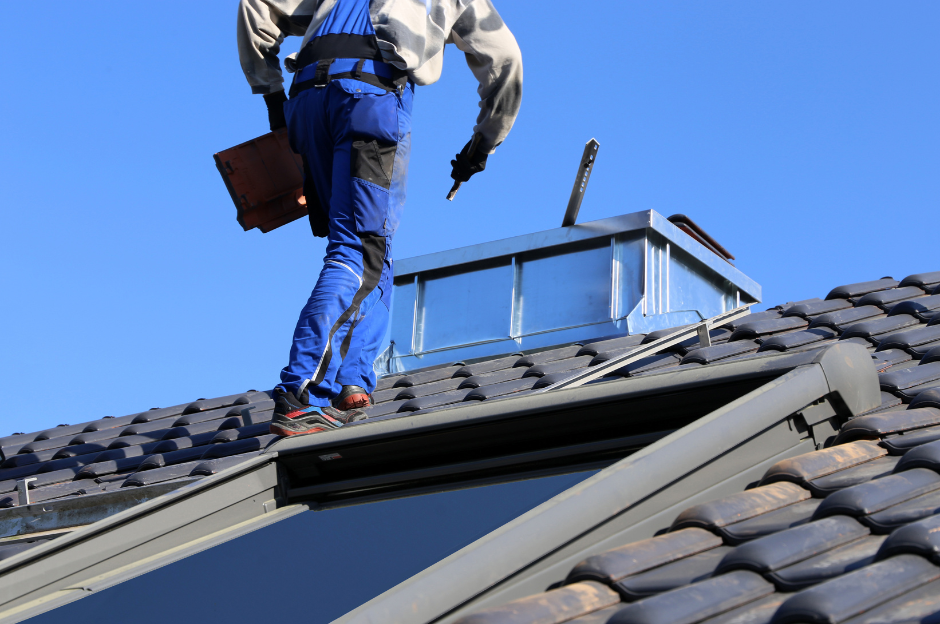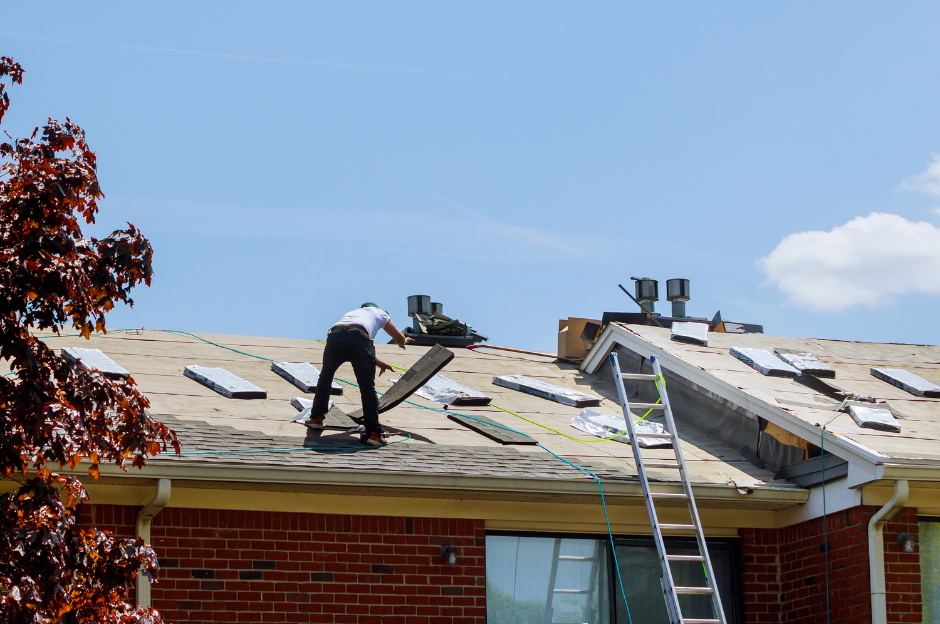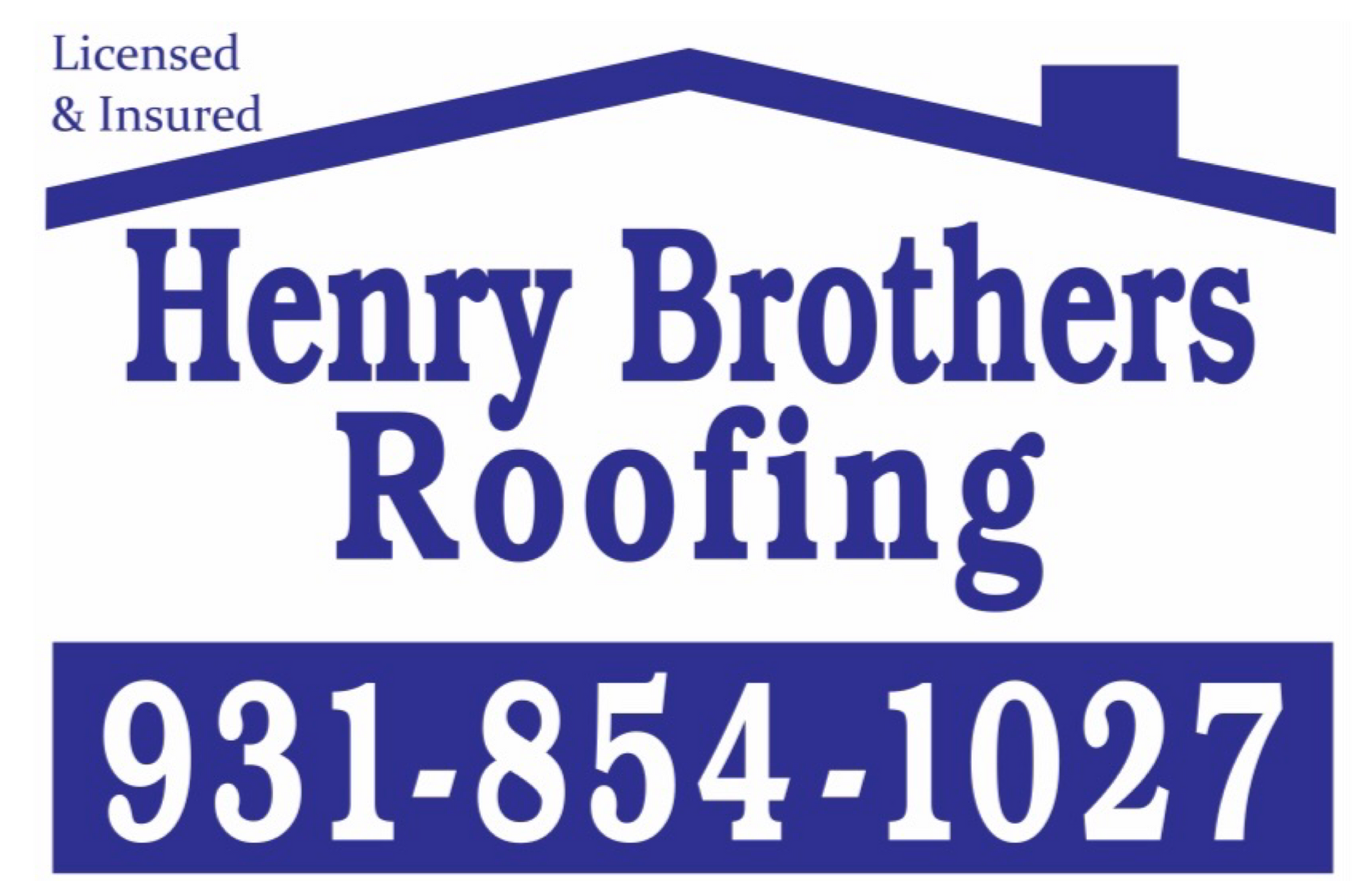The Latest Advancements in Roofing Technology: What's Changing the Game
March 8, 2024

The roofing industry, traditionally seen as slow to embrace change, is currently undergoing a remarkable transformation. Innovations in materials, design, and technology are reshaping the way roofs are constructed, maintained, and even conceptualized. These advancements promise not only to enhance the durability and efficiency of roofing systems but also to introduce a new era of sustainability and smart technology integration. This comprehensive exploration delves into the latest breakthroughs in roofing technology, highlighting how these changes are revolutionizing the industry.
Solar Roofing: Beyond Traditional Panels
The integration of solar technology into roofing materials is arguably the most groundbreaking advancement in recent years. While solar panels have been around for decades, new technologies are making solar roofs more efficient, aesthetically pleasing, and easier to install. Companies like Tesla have pioneered solar roof tiles that seamlessly blend with traditional roofing materials, offering a dual function of protection and energy generation. These tiles are designed to be indistinguishable from standard roofing materials, ensuring homeowners no longer have to sacrifice style for sustainability.
Cool Roofing: Combatting Climate Change
Cool roofing technology has made significant strides in helping buildings reduce heat absorption and improve energy efficiency. These roofs are designed with materials that reflect more sunlight and absorb less heat than standard roofing materials. Advances in reflective paints, tiles, and shingles mean cool roofs can now come in various colors, not just white, broadening their appeal and application. The result is a significant reduction in cooling costs and a decrease in the urban heat island effect, making cool roofs a key player in efforts to combat climate change.
Green Roofs: Living Roof Systems
Green roofs, or living roofs, are part of an innovative approach that incorporates vegetation layers on rooftops. These systems offer numerous benefits, including reducing stormwater runoff, improving insulation, extending roof life, and enhancing biodiversity in urban areas. Recent advancements have focused on modular green roofing systems that are easier to install and maintain. These prefabricated modules can be easily integrated into existing buildings, making green roofs more accessible and feasible for a wider range of projects.
Roofing Drones and AI: Revolutionizing Inspections and Maintenance
The use of drones equipped with high-resolution cameras and AI technology is transforming roof inspections and maintenance. These unmanned aerial vehicles can safely and quickly survey roofs, capturing detailed images that reveal damage or wear that might not be visible from the ground. AI algorithms can analyze these images to identify issues with incredible accuracy, reducing the need for risky manual inspections. This technology not only makes inspections safer and more efficient but also significantly lowers maintenance costs over a roof's lifespan.
Smart Roofing: The Future of Roof Technology
Smart roofing incorporates sensors and Internet of Things (IoT) technology to create roofs that can monitor their condition, environmental impact, and even the weather. These roofs can detect leaks, structural weaknesses, and insulation problems before they become major issues. Additionally, they can measure environmental data such as temperature, humidity, and air quality, providing valuable insights for energy management and building maintenance. As IoT technology becomes more widespread, smart roofing systems are set to become a standard feature in the construction industry.
Advanced Materials: The Building Blocks of Future Roofs
The development of new roofing materials is at the heart of technological advancements in the industry. From highly durable synthetic rubber and polymer composites to bio-based materials, these innovations offer superior performance and environmental benefits. For instance, the advent of self-healing materials can significantly extend a roof's life by automatically repairing cracks or damages, reducing the need for maintenance and replacement.
3D Printing: Customization and Efficiency in Roof Manufacturing
3D printing technology is beginning to make its mark in the roofing industry, offering the potential for custom-designed roofing elements that perfectly fit a building's specifications. This technology reduces waste and allows for complex, performance-optimized designs that would be difficult or impossible to achieve with traditional manufacturing methods. As 3D printing technology continues to advance, its application in roofing could revolutionize the production of roofing materials, making them more efficient, sustainable, and tailored to specific climatic conditions.
Conclusion
The roofing industry is at the cusp of a technological revolution, with advancements in materials, design, and digital technology reshaping what's possible. These innovations not only promise to extend the lifespan and enhance the performance of roofing systems but also contribute to broader sustainability goals and the development of smart, energy-efficient buildings. As these technologies continue to evolve and mature, they will undoubtedly redefine the standards of roofing, offering solutions that are more durable, environmentally friendly, and in tune with the needs of the modern world. The future of roofing is bright, with technology leading the way towards more innovative, efficient, and sustainable roofing solutions.
Henry Brothers Blog

Multi-family buildings pose unique challenges for roofing—requiring durable, efficient, and cost-effective solutions that serve multiple households simultaneously. Selecting the right system and partner can significantly impact long-term maintenance and energy bills. Common Roofing Challenges in Multi-Family Properties Large surface areas Multiple penetrations (vents, HVAC units) Noise and disruption during installation High foot traffic for maintenance Energy efficiency Efficient Roofing Materials TPO (Thermoplastic Polyolefin): Lightweight, reflective, and energy-efficient. Ideal for flat or low-slope roofs. Modified Bitumen: Offers durability and weather resistance. Works well for larger structures. Metal Roofing: Long-lasting and low-maintenance. Higher upfront costs but excellent ROI. Asphalt Shingles: Budget-friendly and easy to repair. Better for pitched multi-family homes. Affordability Strategies Bulk Purchasing Discounts: Roofers often offer lower rates for large-scale projects. Energy Rebates and Tax Credits: Cool roofing materials may qualify for incentives. Roof Coatings: Extend lifespan and defer full replacements. Preventive Maintenance Plans: Regular inspections reduce major repair costs. Partnering with the Right Contractor Choose a roofing contractor experienced in multi-family dwellings. Look for: References from similar projects Warranty offerings Insurance and licensing Clear timelines and communication protocols

Your roof is one of the most defining features of your home’s architecture. A well-designed roof complements the style, era, and character of your house, enhancing both curb appeal and value. Whether you own a modern home, a Victorian masterpiece, or a Mediterranean villa, choosing the right roofing materials and design is essential. This article explores custom roofing solutions for different architectural styles, ensuring your roof is both aesthetic and functional. 1. Why Custom Roofing Matters A one-size-fits-all approach doesn’t work for roofing. Here's why customization is key: 🏡 Preserves Architectural Integrity The roof should match the home's era and design. A poorly chosen roof can clash with the architecture and reduce property value. 💰 Boosts Home Value & Curb Appeal A well-matched roof enhances visual appeal, making your home stand out. Homebuyers prefer houses with roofs that fit the overall design. 🌦 Enhances Durability & Efficiency Custom roofing accounts for climate, slope, and insulation. Choosing the right materials ensures longer roof life and energy efficiency. 2. Best Roofing Materials for Different Architectural Styles 🏗 Modern & Contemporary Homes Modern architecture focuses on clean lines, minimalism, and energy efficiency. Best Roofing Options: ✅ Flat Roofs – Achieve a sleek, contemporary look. ✅ Metal Roofing – Durable and complements modern aesthetics. ✅ Green Roofs – Eco-friendly and visually striking. ✅ Solar Panels – Integrate renewable energy solutions. 🏰 Victorian & Gothic Revival Homes These homes have steep-pitched roofs, turrets, and elaborate detailing. Best Roofing Options: ✅ Slate Tiles – Classic, long-lasting, and historically accurate. ✅ Wood Shingles – Adds charm and natural beauty. ✅ Decorative Metal Accents – Enhances ornate Victorian designs. 🏝 Mediterranean & Spanish-Style Homes Inspired by European coastal homes, these feature stucco walls and curved archways. Best Roofing Options: ✅ Clay or Terracotta Tiles – Traditional, weather-resistant, and elegant. ✅ Concrete Tiles – Durable and available in various textures and colors. ✅ Synthetic Spanish Tiles – Modern, lightweight alternatives with classic appeal. 🌲 Rustic & Cabin-Style Homes These homes emphasize natural materials and a cozy aesthetic. Best Roofing Options: ✅ Wood Shakes – Blends seamlessly with wooded surroundings. ✅ Metal Roofing (Rustic Finish) – Durable with a weathered, natural look. ✅ Green Roofs – Enhances sustainability and insulation. 🏡 Colonial & Traditional Homes These timeless homes focus on symmetry and classic proportions. Best Roofing Options: ✅ Asphalt Shingles – Affordable and available in classic shades. ✅ Slate Roofing – Elegant and historically accurate. ✅ Copper or Metal Accents – Enhances historic charm. 🏛 Mid-Century Modern Homes This style features low-sloped roofs, large windows, and open spaces. Best Roofing Options: ✅ Flat or Low-Slope Roofs – Clean, minimalistic aesthetic. ✅ Rubber or Membrane Roofing – Ideal for low-pitch roofs. ✅ Green or Living Roofs – Complements eco-conscious designs. 🏰 Tudor-Style Homes Tudor homes have steeply pitched gables and decorative half-timbering. Best Roofing Options: ✅ Wood or Synthetic Shake Shingles – Traditional and authentic. ✅ Slate Roofing – Enhances historic charm and durability. ✅ Architectural Asphalt Shingles – Mimics wood or slate at a lower cost. 3. Custom Roofing Features to Consider Beyond materials, adding customized elements can elevate your roof’s design. 🔹 Roof Color & Texture Dark roofs enhance historic and formal homes. Light-colored roofs reflect heat, ideal for warm climates. Textured materials (slate, shakes) add visual depth. 🏠 Roof Shape & Pitch Steep roofs fit Gothic and Victorian styles. Flat or low-sloped roofs match modern homes. Custom pitches enhance energy efficiency and durability. 🔆 Skylights & Roof Windows Adds natural light and enhances ventilation. Works well in modern, contemporary, and rustic homes. 🌞 Solar Roofing & Smart Technology Solar shingles blend seamlessly into modern & eco-friendly homes. Smart roofing systems adjust ventilation & insulation automatically. 4. Custom Roofing: How to Get Started 1️⃣ Consult a Roofing Expert Work with an architect or contractor specializing in custom roofs. Ensure they understand historical accuracy and climate considerations. 2️⃣ Choose High-Quality Materials Invest in durability, energy efficiency, and aesthetics. Select roofing that aligns with your home’s style and longevity needs. 3️⃣ Consider Long-Term Costs & ROI Some materials have higher upfront costs but last longer and increase home value. Energy-efficient options can reduce heating and cooling expenses. 4️⃣ Verify Local Building Codes Some roofing styles require special permits. Ensure compliance with HOA guidelines and historical district regulations.


